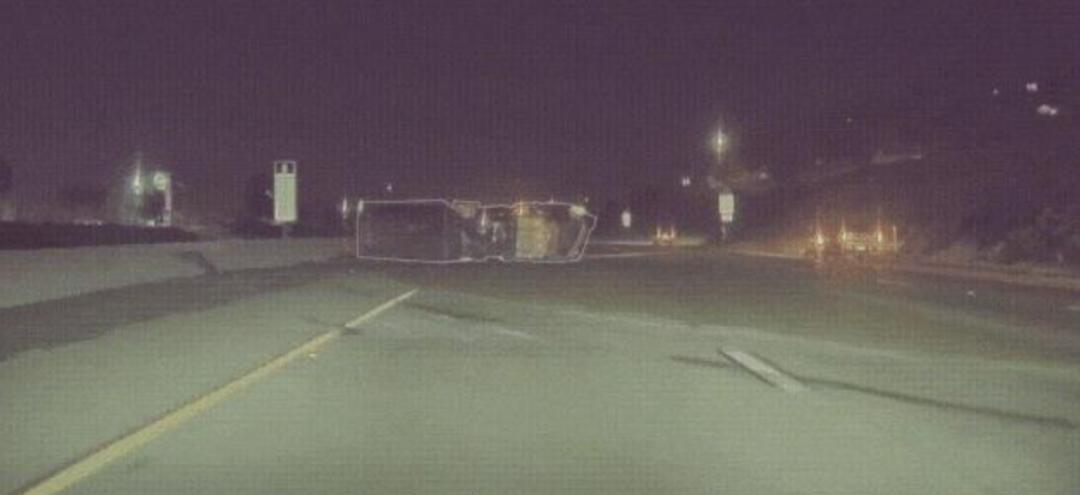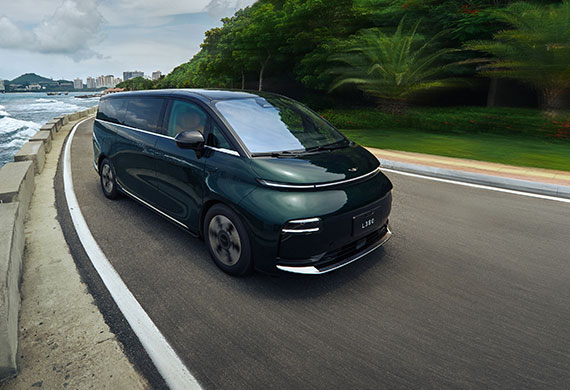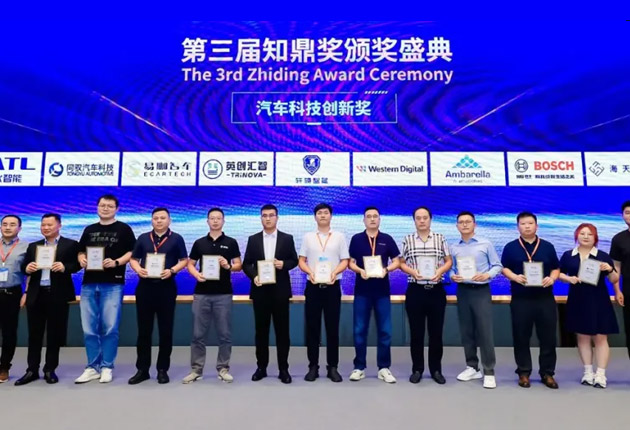Recently, the Office of Defect Investigations (ODI) of the National Highway Traffic Safety Administration (NHTSA) in the United States has launched an investigation into 2.4 million vehicles equipped with Tesla's Fully Automated Driving (FSD) software, according to publicly available documents. Previously, the National Highway Traffic Safety Administration (NHTSA) in the United States had received four reports of car accidents, including a fatal accident that occurred last year.

Source:NHTSA
NHTSA states that it is evaluating Tesla's FSD invisibility reduction The ability to detect and respond in situations. When these accidents occurred,Low visibility on roads (such as glaring sunlight, fogging, or airborne dust)And the FSD system is all in operation mode. After receiving reports of four collision accidents, the agency decided to launch an investigation.

Tesla and overturned truck accident - source from the internet
As soon as the news was released, it quickly caused many mainstream media outlets at home and abroad to repost and report on it, and triggered strong market reactions. And it was less than a week before Tesla's We Robot launch event in Hollywood on October 11th, introducing a fully automated robot taxi without a steering wheel or pedals.

The material comes from the internet
According to some industry experts cited by Reuters,Tesla's FSD relies solely on cameras without redundant or backup sensorsThis method may cause accidents in low visibility conditions.

The material comes from the internet
As early as May this year, a video went viral across the internet. Tesla, which uses FSD in the video, was unable to recognize the train ahead in heavy fog. Fortunately, the car owner responded promptly and swerved to avoid the accident. And the technical weakness of being unable to recognize objects ahead due to weather conditions like this is difficult to make up for with "pure vision".

As is well known, the perception layer is the first line of defense to ensure the safety of intelligent driving. The mainstream intelligent driving perception technology nowadays mainlyThe "multimodal fusion" solution relying on lidar and millimeter wave radar, as well as the "pure vision" solution relying on optical camerasBoth technological routes have their own advantages, but inThere are still functional limitations in some scenarios such as night, blizzard, and rainy weather, which cannot achieve the perception ability of full scene coverage.

Compared to sensors such as LiDAR, visible light cameras, and millimeter wave radar,Infrared thermal imaging technology has stronger detection capabilities in extremely poor visual conditions such as night, strong light, rain, snow, fog, and dust,Being able to make up for the shortcomings in the perception of intelligent driving, visually not catching the warning. Infrared sensing technology utilizes the principle of object thermal radiation to detect and analyze the infrared radiation emitted by the target object, converting it into visual information. This technologyUnrestricted by visible light, accurate target recognition can be achieved even at night or in low visibility conditionsThis advantage effectively "compensates" for the shortcomings of traditional perception solutions and will undoubtedly become a key link in filling the "Great Wall of Safety" for intelligent driving.

visible light Far infrared
In April of this year, the National Highway Traffic Safety Administration (NHTSA) released a new federal motor vehicle safety standard, which stipulates that by September 2029, all passenger cars and light trucks will be equipped with AEB systems including pedestrian AEB (automatic emergency braking) as standard. It is worth mentioning that the new standard also requires the AEB system to be able to detect pedestrians during both day and night. However, the effectiveness of AEB systems relying on traditional cameras is limited in nighttime and low light conditions. Authoritative institutions have pointed out that there is room for improvement in AEB systems, and infrared thermal imaging technology may be part of the solution.
 Source: Yole's 2024 Thermal Imaging and Sensing Market and Technology Report
Source: Yole's 2024 Thermal Imaging and Sensing Market and Technology Report
As the automotive industry enters the second half of intelligent development, intelligent driving technology is becoming increasingly mature and its applications are accelerating, leading to a further increase in market demand for infrared sensing technology. More and more car models are equipped with infrared thermal imaging technology, such as the GAC Aion Hao Platinum GT, Dongfeng Mengshi 917, Geely LEVC L380, BYD Wangwang U8, etc., which have become new selling points for their new car releases.

With the support of infrared sensing technology, the development prospects of truly intelligent driving are highly anticipated!








